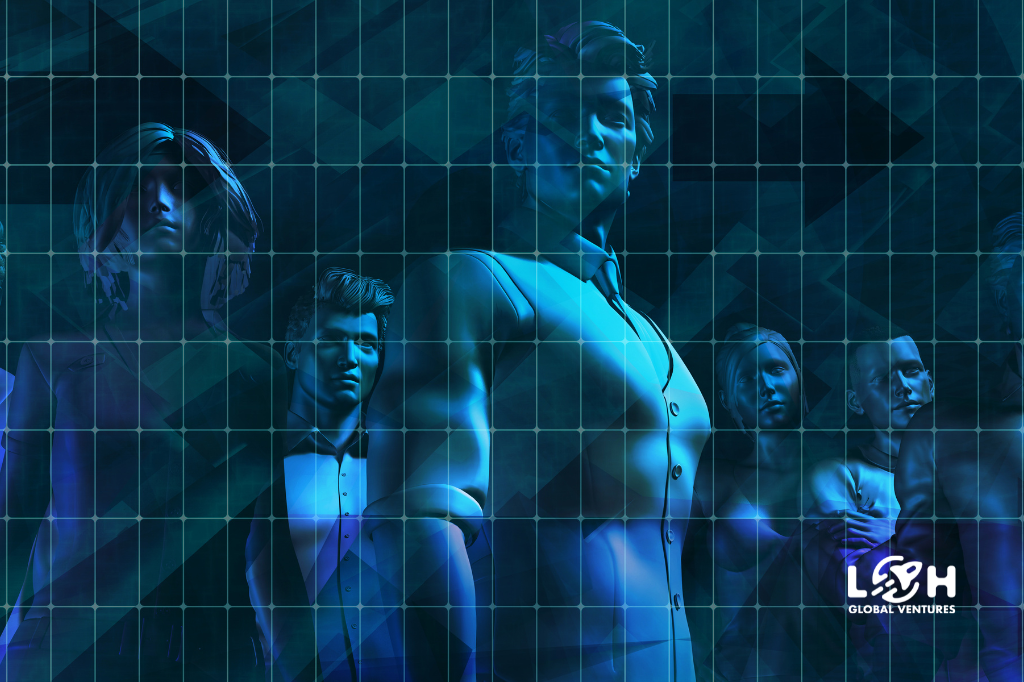Introduction
In the digital era where businesses are embracing Industry 4.0, HR isn’t left behind. Reflecting on a scenario from the ’90s, where HR personnel manually sifted through stacks of resumes, the landscape now is starkly different. With the rise of AI-driven recruitment platforms and chatbots guiding employee onboarding, the integration of technology in HR is not just an advantage but a necessity. This contextual foundation should stress the evolution, highlighting the strides we’ve taken in just a few decades and preparing the reader for a journey into the future of HR.
Evolution of HR Through Technology
Beginning with rudimentary databases for employee records in the late ’80s and ’90s, HR tech has evolved to now incorporate complex machine learning algorithms predicting employee turnover. Discuss the transformative impact of Applicant Tracking Systems (ATS) and how platforms like LinkedIn have revolutionized recruitment. The journey of HR tech parallels the broader waves of technological evolution in the corporate world, each phase ushering in efficiencies and enhancing HR’s strategic importance.
Challenges and Opportunities in HR Technology
While data analytics offers unparalleled insights into employee performance and talent acquisition, it also raises concerns about data privacy and the potential for biases in algorithm-driven decisions. The Cambridge Analytica scandal underscores the importance of data privacy. On the flip side, technology offers opportunities like never before – virtual reality, for instance, has opened doors to experiential training sessions, ensuring better knowledge retention and skill development.
Emerging Technologies Shaping HR’s Future
AI, in its multifaceted applications, is automating routine tasks, from screening applications to answering employee queries. Blockchain, while popularly known for cryptocurrency, has potential implications for HR, especially in verifying employee credentials. Virtual Reality (VR) and Augmented Reality (AR) are reshaping training modules, offering immersive experiences, thereby reducing the learning curve. As we explore these technologies, the focus remains on how they’re tailoring more personalized, efficient, and strategic HR functions.
Key Considerations for HR Tech Implementation
While a tool might seem avant-garde, it’s essential to gauge its relevance. Does an organization with a strength of 50 really need a sophisticated AI-driven HR suite? Training is another crucial factor—having a state-of-the-art system is futile if your HR personnel can’t leverage it optimally. Then there’s the debate about cloud versus on-premises solutions, each having its advantages and fitting different organizational needs. This section would be a guide to making informed choices, ensuring ROI, and fostering seamless tech adoption.
Best Practices in Adopting HR Technologies
Transitioning to a new system can be daunting. Phased implementation, where the transition is gradual, can ease the shift. Take the example of a company that first introduced an AI chatbot for HR inquiries before fully automating its recruitment process—this ensured employees warmed up to the new technology in stages. Highlighting the need for a feedback-centric approach, where initial glitches are addressed promptly, will underscore the importance of agility and responsiveness in tech adoption.
Future Outlook: Predictions and Preparations
The world is gearing up for the 5th Industrial Revolution, where the emphasis will shift from automation to values. In this scenario, how will HR tech evolve? Perhaps, we’ll see tools that can gauge the emotional well-being of employees, ensuring mental health isn’t compromised. Or systems that align recruitment strategies with broader societal values, promoting inclusivity and sustainability. Preparing today’s HR professionals for this shift means upskilling, embracing a growth mindset, and fostering an environment of continuous learning.
Closing Thoughts: Achieving Equilibrium
HR, at its core, is about people. While technology can optimize processes, the human touch is irreplaceable. Striking a balance is key. For instance, while an AI can screen resumes efficiently, the final interview should be person-driven, gauging cultural fit and soft skills. As we usher in an era where HR and technology are inextricably linked, finding this equilibrium ensures we don’t lose the ‘human’ in human resources.
Conclusion
Digital transformation is a collective journey. By opening the floor to readers, we can foster a collaborative spirit. Whether it’s an HR professional from a startup sharing their success with a new tool or a veteran from a large corporation pointing out potential pitfalls, these insights will be invaluable. Please feel free to leave your comments below and check out our other blogs on our blog page.
